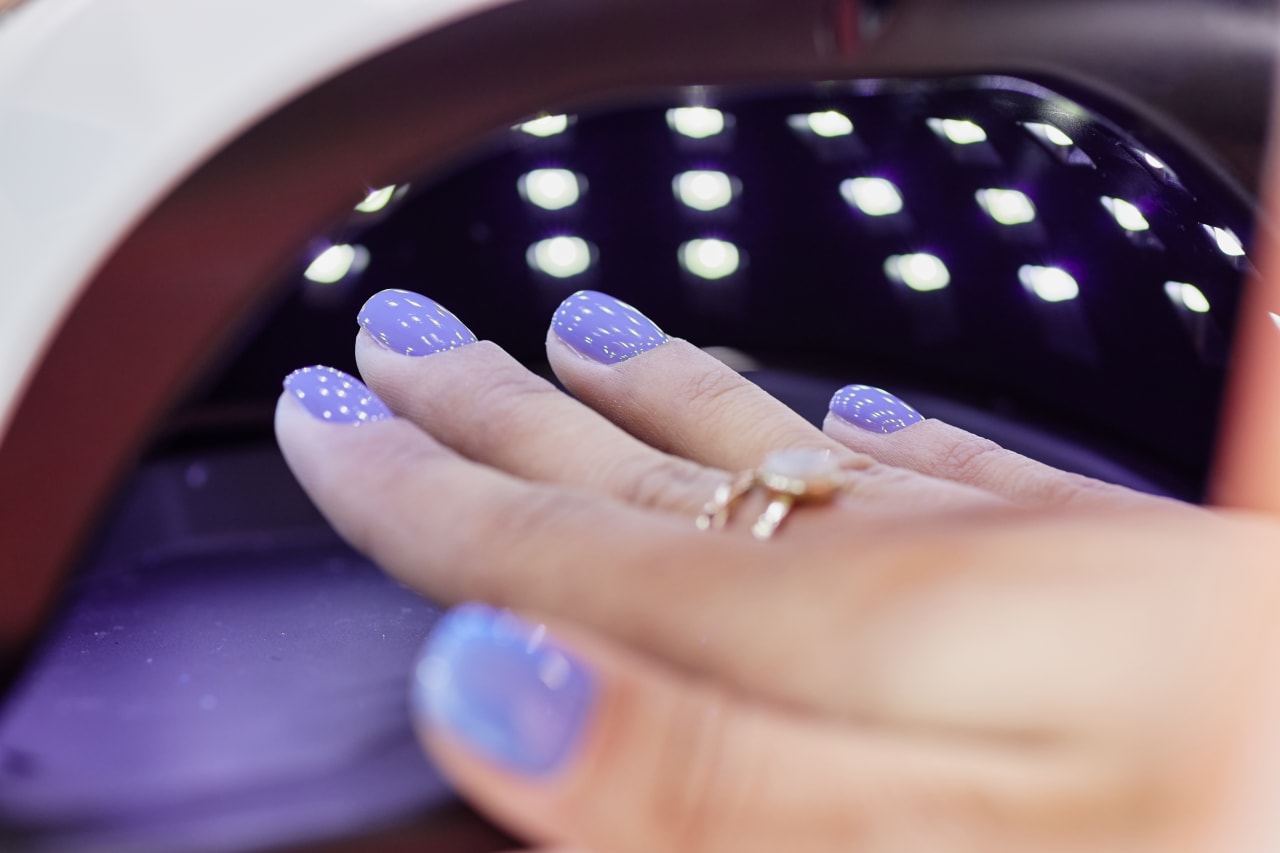Are Gel Manicures Safe or a Hidden Health Risk?

The Rise and Regulation of Gel Manicures
Gel manicures have become a popular beauty treatment, known for their long-lasting shine and durability. However, this trend has recently come under scrutiny, especially in the European Union, where a key chemical used in gel nail polish has been banned. This decision has sparked discussions about safety standards and regulatory differences between Europe and the United States.
Understanding the Chemical Behind Gel Manicures
The primary concern centers around a chemical called trimethylbenzoyl diphenylphosphine oxide (TPO). TPO is used in gel nail polish to help it cure under UV light, creating a stronger, more durable finish. While this makes the manicure last up to three weeks, it also raises questions about potential health risks.
In the EU, TPO has been classified as toxic for human reproduction based on animal studies. These studies showed that high doses of TPO could lead to reduced fertility, testicular issues, and developmental problems in fetuses. However, these findings were from experiments involving rodents exposed to large amounts of the chemical orally, not through typical exposure methods like gel manicures.
Safety Concerns and Scientific Perspectives
Experts like Jamie Alan, an associate professor at Michigan State University, emphasize that the levels of TPO people are exposed to during a gel manicure are far lower than those tested in animal studies. “People who are getting gel manicures are not receiving this same dose, not even close,” she explains. “Hopefully we’re not drinking our gel nail polish.”
Dr. Dana Stern, an assistant clinical professor at Mount Sinai School of Medicine, adds that once the polish is cured, there’s no risk of absorption or inhalation. She notes that while there isn’t enough data to quantify the exact risk, the exposure time appears to be a key factor. Salon workers, who may be exposed more frequently, could be at higher risk compared to occasional clients.
Regulatory Differences Between the EU and the U.S.
The EU's decision highlights a broader difference in how consumer products are regulated. In Europe, if there's a reasonable probability that a chemical could cause harm, it is banned. This approach is more precautionary compared to the U.S., where the Food and Drug Administration (FDA) does not pre-approve personal-care products. Instead, the FDA restricts only 11 chemicals, leaving many others unregulated.
David Andrews, acting chief science officer at the Environmental Working Group, explains that the EU’s stance is based on consistent evidence from animal studies showing potential harm to fertility. “It definitely raises a red flag,” he says, noting that while the doses in these studies are higher, the exposure duration is shorter, which could still indicate potential risks.
Recommendations for Safer Nail Care
While the risk associated with TPO is considered low for most individuals, experts recommend caution. Dr. Susan C. Taylor, president of the American Academy of Dermatology, warns that frequent gel manicures can lead to brittle nails and peeling. Additionally, the UV light used to cure the polish may increase the risk of premature skin aging and skin cancer.
The AAD suggests limiting gel manicures to special occasions and allowing nails to recover by going without polish for one to two weeks. They also advise using properly sterilized tools at salons and applying sunscreen with SPF 30 or higher before getting a manicure. Peeling off gel polish is discouraged, as it can damage the nails.
Emerging Research and Future Considerations
Ami Zota, an associate professor at Columbia University, points out that research on TPO is still emerging. She emphasizes the need for better tracking of potentially harmful chemicals and exploring safer alternatives. “Why not use those if they exist?” she asks.
Michigan State’s Jamie Alan believes a ban on TPO is not necessary, but she understands the EU’s decision given the availability of alternative products. “The benefit of nail polish is very small, the risk is also very small,” she says. “Europe is taking the approach that even though the risk is small, there’s no great benefit to it so why even have it when there are alternatives?”
For now, she advises people to avoid gel manicures if they're pregnant or opt for TPO-free products available in stores. “I think compared to many things that affect our health, this is a relatively small influence,” she concludes. “So if getting gel manicures makes you happy, then by all means enjoy a gel manicure.”
Post a Comment